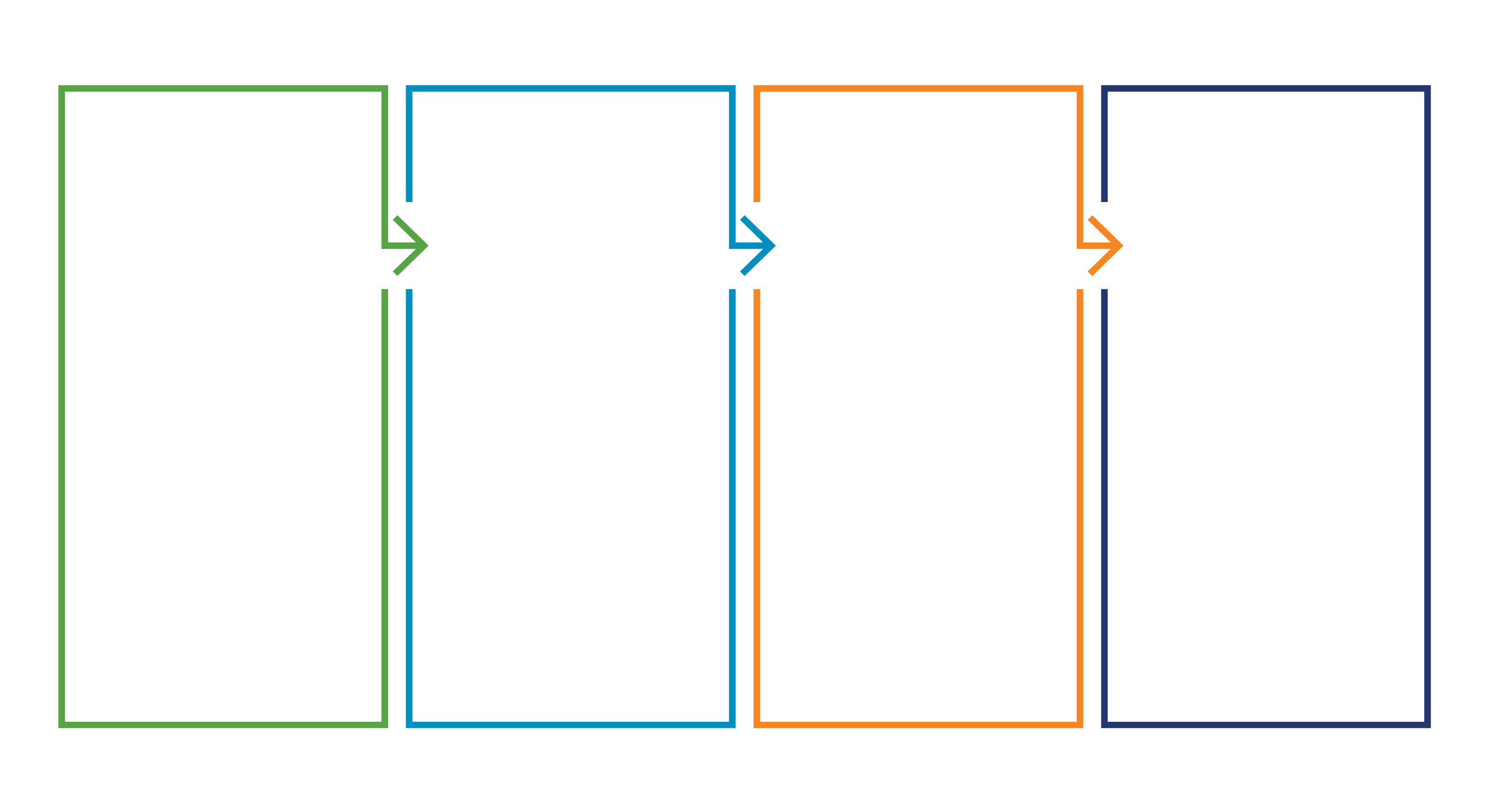Educational Prosperity
A life-course approach to children thriving
Educational Prosperity is an evaluation framework that can be used to assess children’s development from conception to adolescence. [1] It is more than a set of tests and surveys because it explicitly links assessment to policy and practice. It emphasizes the importance of children having access to key resources that enable them to be successful at each stage of development and make timely transitions from one stage to the next.

Understand the key to healthy child development
The Educational Prosperity framework is divided into six stages of development. Each stage includes a small set of outcomes, called ‘Prosperity Outcomes’, and a number of family, institutional, and community factors that drive these outcomes, called ‘Foundations for Success’. For children to develop to their full potential, all those caring for our children need to focus on strengthening each of the Foundations for Success.
What are ‘Prosperity Outcomes’?
Prosperity Outcomes are the results of a child’s successful development when the Foundations for Success are in place. If a child has not developed these Prosperity Outcomes, they will find it hard to progress to the next stage of development. This directly impacts their academic success and their health and well-being.
How do the ‘Foundations for Success’ affect development?
The Foundations for Success drive the Prosperity Outcomes. They are the necessary conditions for success at each stage of development. For example, quality instruction directly impacts a range of prosperity outcomes, including academic achievement and wellbeing. Measure what matters, rather than an endless list of factors that have little impact on learning outcomes. Maintaining a relentless focus on a small core set of foundations will achieve student success.
How does success accumulate?
The Educational Prosperity framework is based on a developmental model that includes four ways that success accumulates over the life-course from conception to late adolescence. These include biological embedding, foundations for success, cumulative effects, and institutional selection. The framework also outlines the effects of:
These are described in detail in the UNESCO report, Learning Divides: Using Data to Inform Educational Policy. [2]
How can we reduce vulnerability?
Reduction of childhood vulnerability and improving learning outcomes is possible. We need early warning systems and intervention in place for pre-kindergarten children, literacy programs to identify and support those who are struggling in school and the ability to continuously monitor factors that impact a child’s wellbeing. Strong monitoring data enables educational leaders to set realistic, measurable goals for improving student outcomes and tracking progress.
Use the Educational Prosperity framework and our solutions to provide the information for educators and system-wide improvement that students, parents and other caregivers, teachers and school administrators can support and embrace. When policy makers and school communities come together with the single aim of building strong foundations for the next generation of citizens, we will begin to see an education system that ensures quality, equality and equity, giving all children the opportunity to thrive.
[1] Willms, J. D. (2018). Learning Divides: Using Monitoring Data to Inform Education Policy. Montreal: UNESCO Institute for Statistics.
[2] Willms, J. D. (2018). Learning Divides: Using Monitoring Data to Inform Education Policy. Montreal: UNESCO Institute for Statistics.


